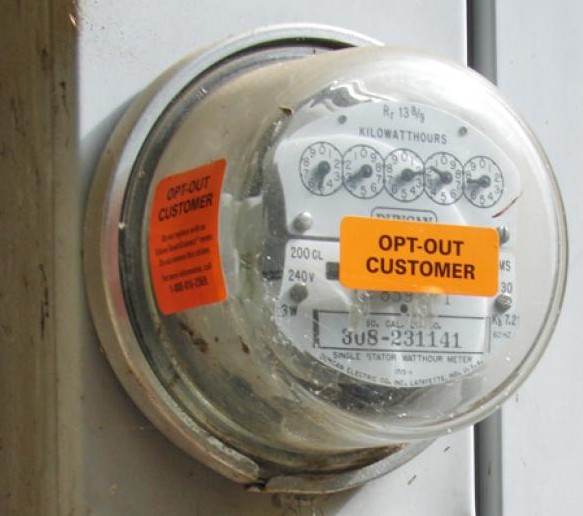By Megan Poinski
Megan@MarylandReporter.com
This is the third of four articles on PlanMaryland, the proposed state planning guidelines, that have stirred passionate opposition from many local officials.
Most of the draft PlanMaryland document focuses on statistics that show how Maryland has grown and changed in the last several decades, and why a comprehensive development plan is needed.
It spends less time going through the nuts and bolts of how land use planning would be done if the plan were put into place – the most significant part of the plan.
What happens?
The plan builds off of several existing tools, groups and designations.
These include designated Priority Funding Areas, which are existing communities where the state will invest funding to foster more growth. The state has also developed “the prints” – the GreenPrint, a map showing the location of unprotected lands with ecological value; the AgPrint, a map identifying how stable agricultural areas are for continued production; and the GrowthPrint, a subset of priority funding areas that shows places that receive state funding and program assistance money to build a type of community.
All of these mapping tools together are basic templates for how land use will be designated under the plan. Local officials will start with these templates and any development plans they may have themselves, and will classify their jurisdictions into several different categories for land use that are named in PlanMaryland.
The local government will then forward their recommendations to the Smart Growth Subcabinet to ratify. The subcabinet is established in law as the group that helps implement smart growth policies and work on creating sustainable communities. It is made up of several high-ranking appointed officials, mostly members of the governor’s cabinet.
How would it work in practice?
The fact that state-level officials might have any say in local planning at all is the biggest problem that most opponents see with PlanMaryland. Carroll County Commissioner Richard Rothschild said that he has no problem in principle with a statewide land-use plan.
“Just as long as local authority trumps Annapolis authority,” Rothschild said. “It needs to be a bottom-up plan, not a top-down plan.”
But the plan is not clear on who has the ultimate authority. Les Knapp, associate director of the Maryland Association of Counties, identified this ambiguity as one of the plan’s biggest weaknesses. There will undoubtedly be conflicts between local governments and the state in classifying areas. The plan does not say how those conflicts would be resolved.
“I think it’s still being figured out, how to negotiate those issues,” said Andrew Ratner, director of communication for the Maryland Department of Planning.
He said that his interpretation is that the Smart Growth Subcabinet would have the power to review local plans, but would not be empowered to change them. It could not stop a project that it disagrees with, but could let the local jurisdiction know that the type of development is not what they would be interested in.
Ratner added that there have been requests to add additional members to the Smart Growth Subcabinet, like representatives of county governments or rural interests. The Department of Planning is considering those suggestions, he said.






I noticed that the posting of public comment on the PlanMaryland website appears to be suspended, with the last five days not posted. Part of the plan called for the process to be transparent. The two seem to be in direct conflict.
If MDP doesn’t have time to post the comments, how will they ever effectively incorporate all of the last minute suggestions into the plan before rushing it to the Governor for approval?
Comment period on the revised draft officially ended Nov. 9; probably why the postings have been suspended.